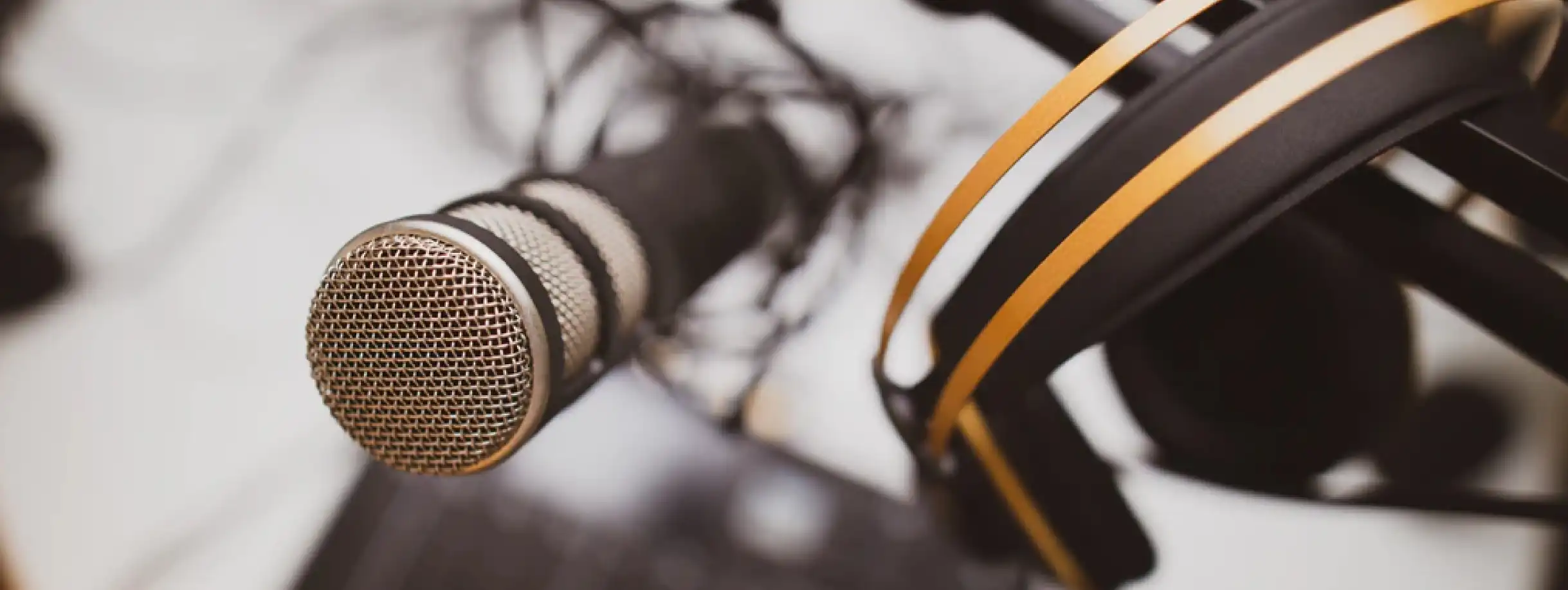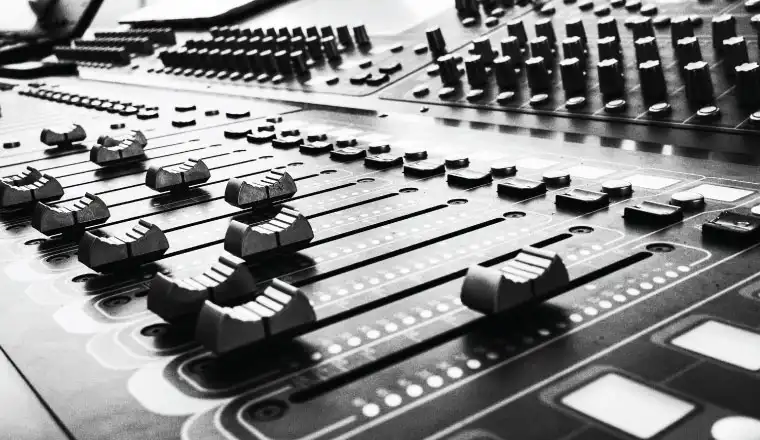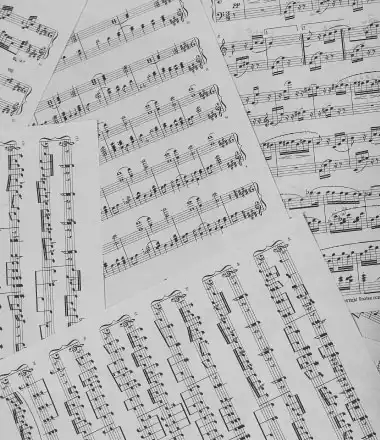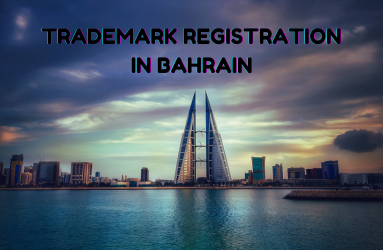Sound Mark and Intellectual Property

Table of Contents
When local Intellectual Property offices began permitting brands to lawfully claim ownership over their corporate jingles as a 'sound mark', a plethora of them rushed to be the first in line. Why? Because an 'audio logo' is seemingly just as impactful as their visual one.
What is Sound Mark?
Sound marks or Sound Trademarks are sounds that are unique to a distinct domain and possess features that make them recognizable to a community or a specific demographic. They are greatly denotative as they evoke instantaneous recognition from their audience. Consequently, sound marks are culturally and historically significant, and therefore warrant safeguarding and preservation.
Sound marks made their first debut towards the end of the 1940s, and ever since, they've deemed as a progressively valuable tool for brands. On the other hand, and with timely development, registering sound marks brought forth perplexing challenges that were formidable even for the most experienced Intellectual Property attorneys.
The Psychology behind Sound Marks
Psychologists and neurologists state that music invokes a substantially emotional response in our brains. At some point, we've all turned off the radio because a particular song takes us back to a poignant point in our lives.
Music, in most of its forms, holds the ability to resurrect emotions, sensations, and cravings – very much like the sense of smell. It is safe to presume that a prevalent sound mark, has the potential to withstand the test of time and stay in the mind of the listener for years to come.
Although the exact cause of this neurological trigger is unknown, studies indicate that a melody's repetition runs on the brain's neural circuits that produce the happy hormone – serotonin. This consequently induces a perception called 'nostalgic trigger.' A definite win for companies who were able to leverage this concept for the good of their brand.
Although the exact cause of this neurological trigger is unknown, studies indicate that a melody's repetition runs on the brain's neural circuits that produce the happy hormone – serotonin. This consequently induces a perception called 'nostalgic trigger.' A definite win for companies who were able to leverage this concept for the good of their brand.
Here are 4 Ways in Which Sound Marks Benefit Companies
1) Sound marks are a Component of Branding
Sound marks are uniquely distinctive audio clips that activate listeners' auditory senses, which facilitate the identification of your brand. Just as how a brands' visual logo operates as a visual aid to further identify your brand, sound marks would have the same effect on its consumer-base.
2) Sound marks Stimulate Familiarity and Emotional Association
As mentioned above, sound marks have rooted familiarity with them. Experts explain there's tremendous power in using the strength of a popular song and affixing it to your product. This allows the song's sentiment to be transferred to your brand.
3) They're designed to be Infuriatingly Memorable
Company logos have the ability to be recognised while we scroll by them, eyes glued to our phones. Only sound marks, though, possess the power to seek indefinite refuge in our head. For days. And sometimes at 4 am, while you battle insomnia.
4) Sound marks are Persuasive
Music has the unique ability to embed messages in consumers' psyche. When words are put in musical form, their denotation is intensified, making them more potent and effective.
Sound marks: Honorable Mentions
As straightforward as they may sound, hitting the 'sound mark jackpot' is no simple feat. So, you've composed a catchy tune? To what extent can this potential sound mark act as a subliminal indicator on behalf of your brand in a consumers' mind?
While sound mark registration is yet to be globally accessible, numerous well-recognized brands have successfully submitted sound mark applications and have been acknowledged for official registration. Here are just a few brands who've successfully made their corporate jingle synonymous with their brand or product:
- MGM: Officially registered in 2003, MGM's eminent lion roar conveys strength and power no other type of trademark was able to express (during its time – at least). The immediate nostalgic response? Friday night movie marathons with the family.
- Nokia Corporation: The signature Nokia ringtone was successfully registered as a sound mark as a community trademark. This a ground-breaking feat as Nokia was able to represent its iconic tune in graphical form by ingeniously indicating musical score, level of pitch, and pace of the tune. The immediate nostalgic response? Your first cellphone.
- McDonald's: One of the first F&B jingles that were successfully able to tie the ability to induce a craving for its products within its consumers via the strategic mass-introduction of audio. Fun Fact: McDonald's only registered it's infamous 'I'm Lovin' It' jingle as a sound mark AFTER the smashing success of its debut campaign with Justin Timberlake. The immediate nostalgic response?
- Intel: The following suit to Nokia's methodology, its 'five-toned' jingle was initially registered in the US, Australia, and New Zealand using detailed score sheets to secure protection for its distinctive compositions. The immediate nostalgic response?


Technology-Driven Sound Marks
Technological advancements are securing more opportunities for trademark holders to make use of their corresponding sound marks. Let's take our trusted cellphones as an example. Mobile phones switch on to uncover vibrations and pulsations, intricate sounds, and logos; they provide us with the brand name, service provider, and model and are now outfitted with endless types of software. All whilst transforming wireless components into hand-held devices, fully loaded with built-in audio effects.
Another great example is 'Display Ads'. Now that they've become a digital marketing staple, technological experts suggest that, someday, the use of audio will effectively infiltrate traditional digital marketing norms in the form of sound marks. We hope that Google takes note.
From an Intellectual Property perspective, we suspect that these changes in wireless technology will eventually foster a heightened global demand for the ability to register sounds as Intellectual Property.
How to File for a Sound Mark
Shielding a sound or melody from unlawful use is challenging – especially in the absence of expert Intellectual Property counsel. The sound mark application procedure is like that of traditional trade and service marks. The main difference between both processes is that the requirement for a 'visual' element is waived and is replaced with a description of the audio file in question.
Once applications reach the publication stage and are cleared of possible incoming oppositions from rivals, specimens must then be reviewed and accepted by the respective IP entity. If no hurdles arise, final acceptance and issuance of the registration certificate can then take place. On a final note, here are a few of our insider tips, when considering filing for a sound mark:
- Have your sound mark written in musical note composition. As a potential applicant, you must represent your 'sound mark' in a way that meets the expectations of your local IP examiner.
- You must provide physical evidence that your noise, jingle, or sound is distinctive enough to justify IP protection. Do so by producing compact disks containing the audio in several audible formats. This material will serve as additional material to secure approval from your respective IP office.
- Providing your local IP examiner with tangible data of your intellectual assets through a well-devised IP portfolio will serve as an advantage – especially when you own several trademarks in different international jurisdictions
Read our guide on compiling an effective IP Portfolio here.
As far as our experience goes with the registration of sound marks, your geographic location matters a lot. As an IP firm whose helped numerous brands register their sound marks in an array of countries, we've concluded that, unlike traditional trademarks, sound marks have proven to be more complicated to attain. This mainly due to registration standards being more stringent in the West. In the Middle East, however, it has proven to be a much simpler mission.
If you're exploring the options to secure your corporate jingle further or have any queries regarding registering your sound mark, feel free to drop an email to [email protected] or call us on +971 4 282 2677.






